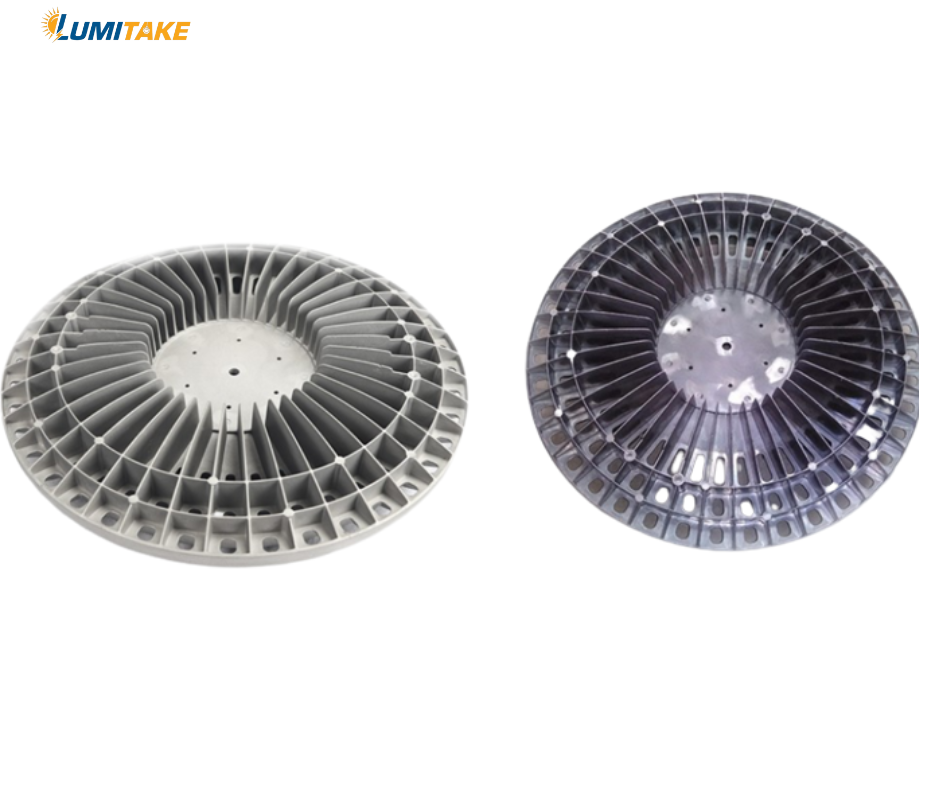Understanding Led Drivers and How to choose Best driver
LED drivers can be a confusing part of LED technology. There are so many different types and variations that it can seem a little overwhelming at times. That’s why I wanted to write a quick post explaining the varieties, what makes them different, and things you should look for when choosing the LED driver(s) for your lighting application. What is an LED driver you might ask? An LED driver is an electrical device that regulates power to an LED or a string of LEDs. It is a crucial piece to an LED circuit and to operate without one will result in system failure. Using one is very important in preventing damage to your LEDs as the forward voltage (Vf) of a high-power LED changes with temperature. Forward Voltage is the amount of volts the light emitting diode requires to conduct electricity and light up. As temperature increases, the forward voltage of the LED decreases, causing the LED to draw more current. The LED will continue to get hotter and draw more current until the LED burns itself out, this is also known as Thermal Runaway. The LED driver is a self-contained power supply which has outputs that are matched to the electrical characteristics of the LED(s). This helps avoid thermal runaway as the constant current LED driver compensates for the changes in the forward voltage while delivering a constant current to the LED. Things to consider before selecting an LED driver What type of LEDs are being used and how many? Find out forward voltage, recommended driving current, etc. Do I need a constant current LED driver or a constant voltage LED driver? We go over constant current vs. constant voltage here. What type of power will be used? (DC, AC, batteries, etc.) Running from AC? See how an AC driver will benefit you! What are the space limitations? Working in a tight area? Not a lot of voltage to work with? What are the main goals of the application? Size, cost, efficiency, performance, etc. Any special features needed? Dimming, pulsing, microprocessor control, etc. First Off, You Should Know… There are two main types of drivers, those that use low voltage DC input power (generally 5-36VDC) and those that use high voltage AC input power (generally 90-277VAC). LED drivers that use high-voltage AC power are called Off-Line drivers, or AC LED drivers. In most applications using a low voltage DC input LED driver is recommended. Even if your input is high voltage AC, using an additional switching power supply will make it possible to use a DC input driver. Low voltage DC drivers are recommended as they are extremely efficient and reliable. For smaller applications there are more dimming and output options available compared to high voltage AC drivers so you have more to work with in your application. If you have a large general lighting project for residential or commercial lighting, however, you should see how AC drivers might be better for this type of job. Second Thing You Should Know Secondly, you need to know the drive current that you want to put to the LED. Higher drive currents will result in more light from the LED, and will also require more wattage to run the light. It is important to know your LED’s specs so you know the recommended drive currents and heat sink requirements so you don’t burn the LED out with too much current or excess heat. Lastly, it is good to know what you are looking for from your lighting application. For example, if you want dimming then you need to choose a driver with dimming capabilities. What do I need for Power? This leads us to finding what input voltage we need for our LEDs. Input voltage, after all, equals our maximum output voltage for our driver after we take into account the driver circuit overhead voltage. Make sure you know the minimum and maximum input voltages for your LED drivers. For an example we will stick with the Wired 1000mA BuckPuck, which can take input voltages from 7-32VDC. In finding what your input voltage should be for an application you can use this simple formula. Vo + (Vf x LEDn) = Vin Where: Vo = Voltage overhead for drivers – 2 if you are using a DC LuxDrive driver or 4 if you are using an AC LuxDrive driver Vf = Forward voltage of LEDs you wish to power LEDn = The number of LEDs you want to power Vin = Input voltage to the driver https://www.ledsupply.com/blog/understanding-led-drivers/

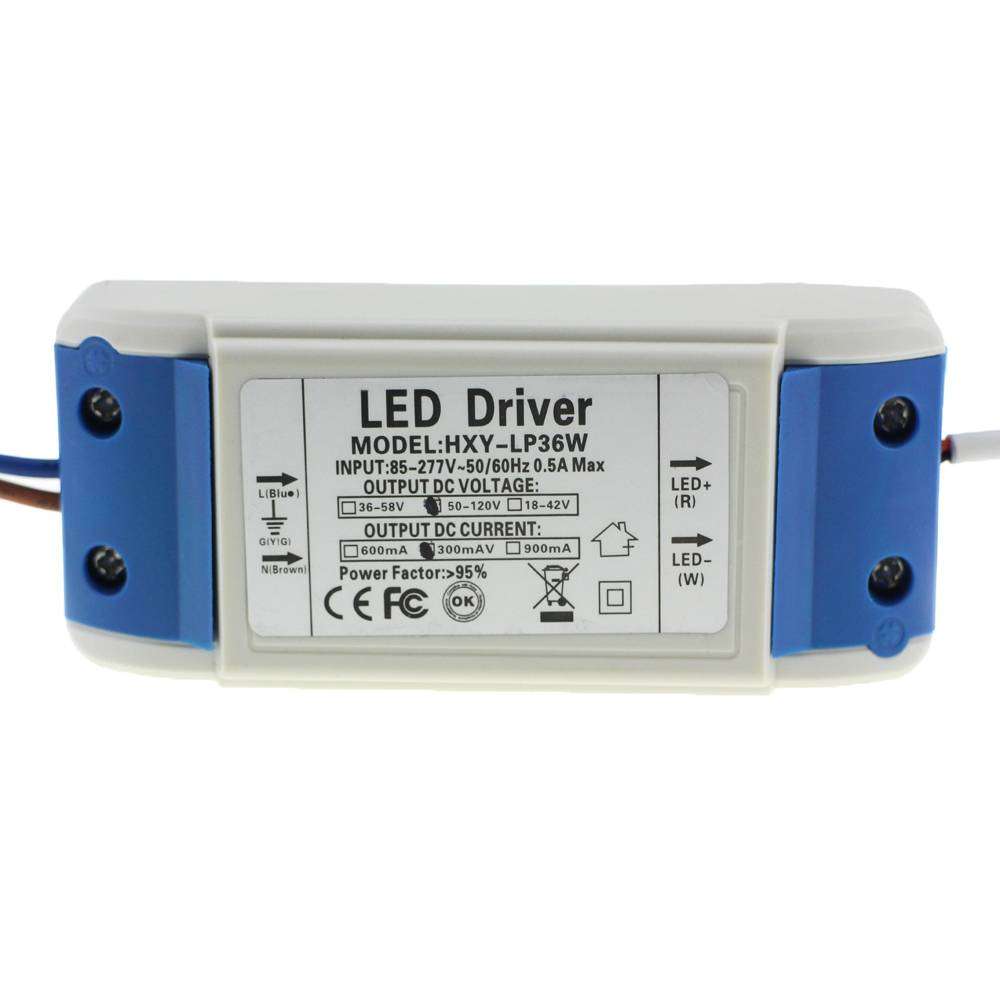


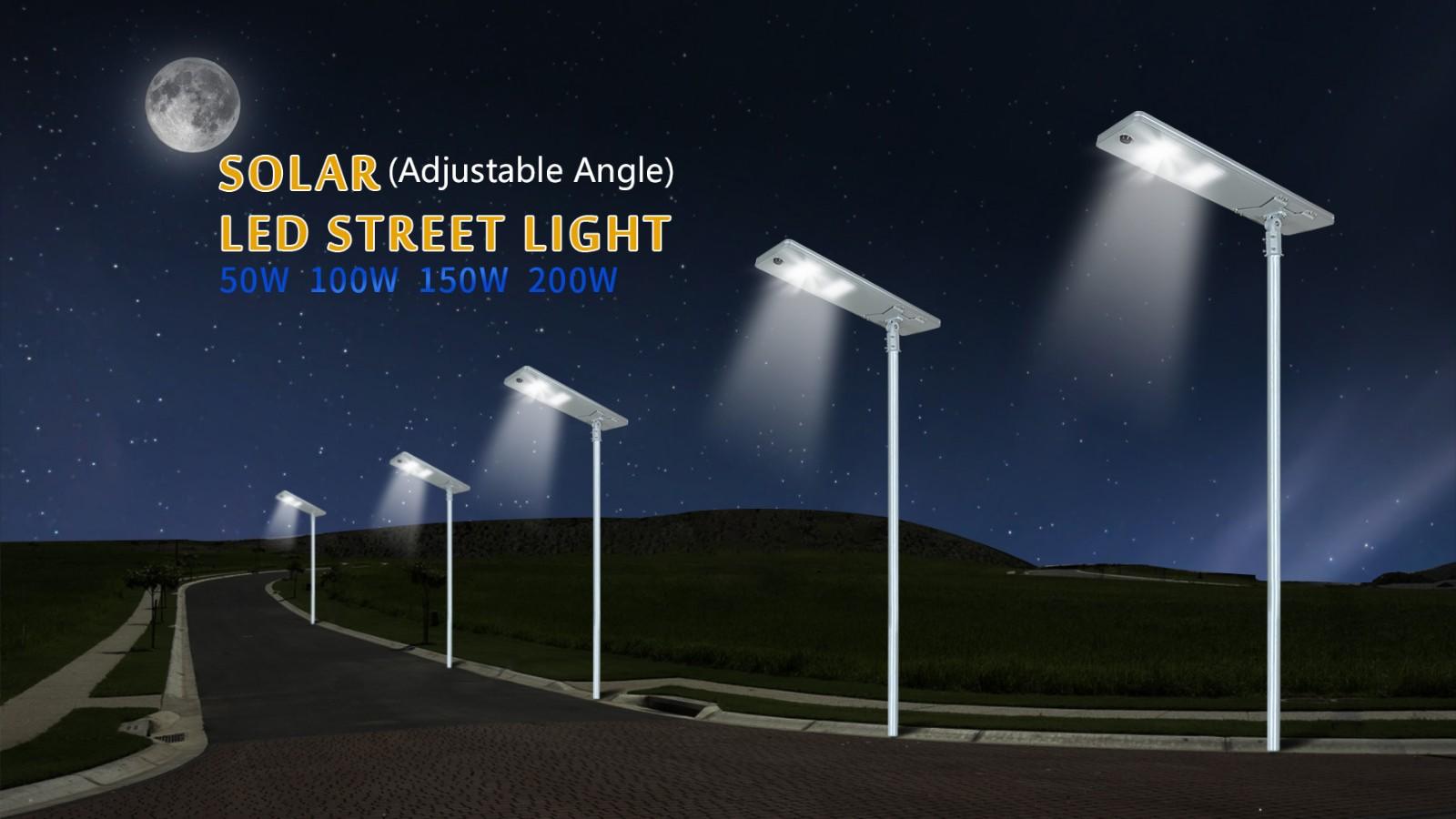


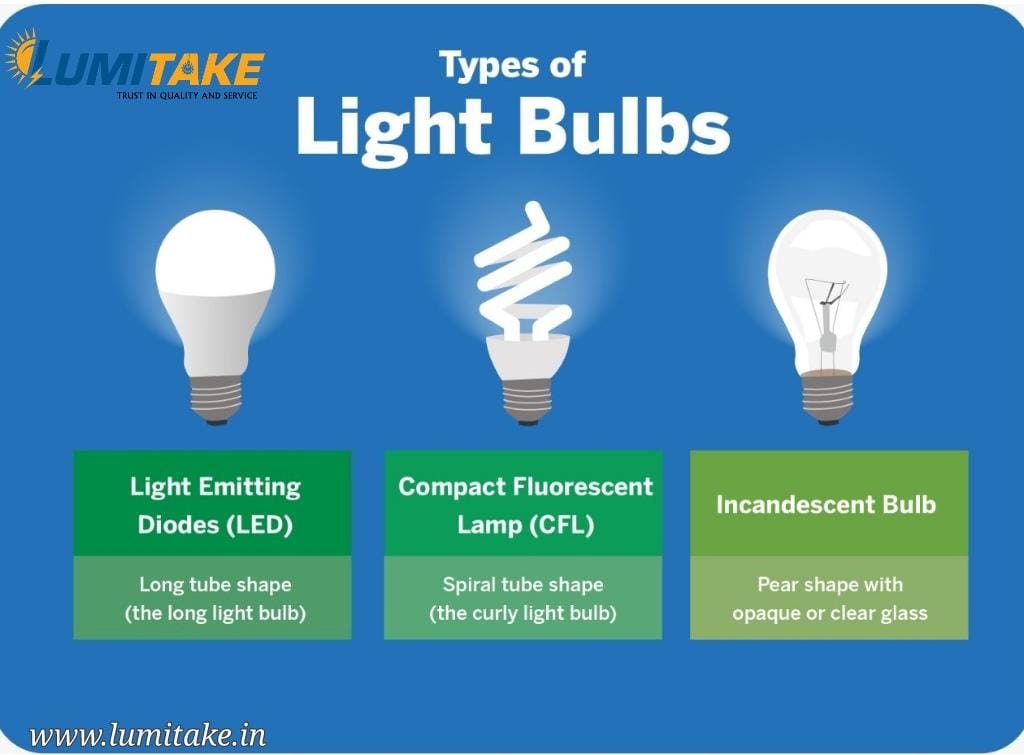
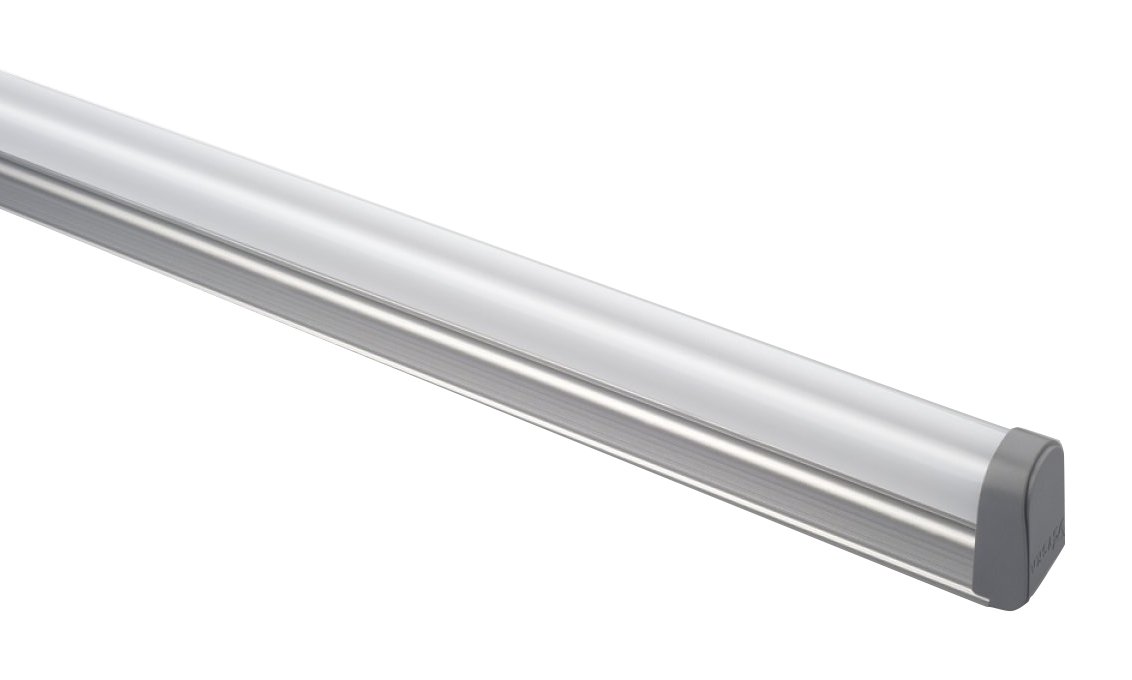



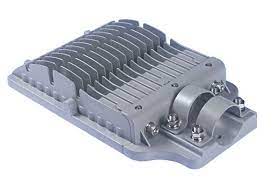
.jpg)
